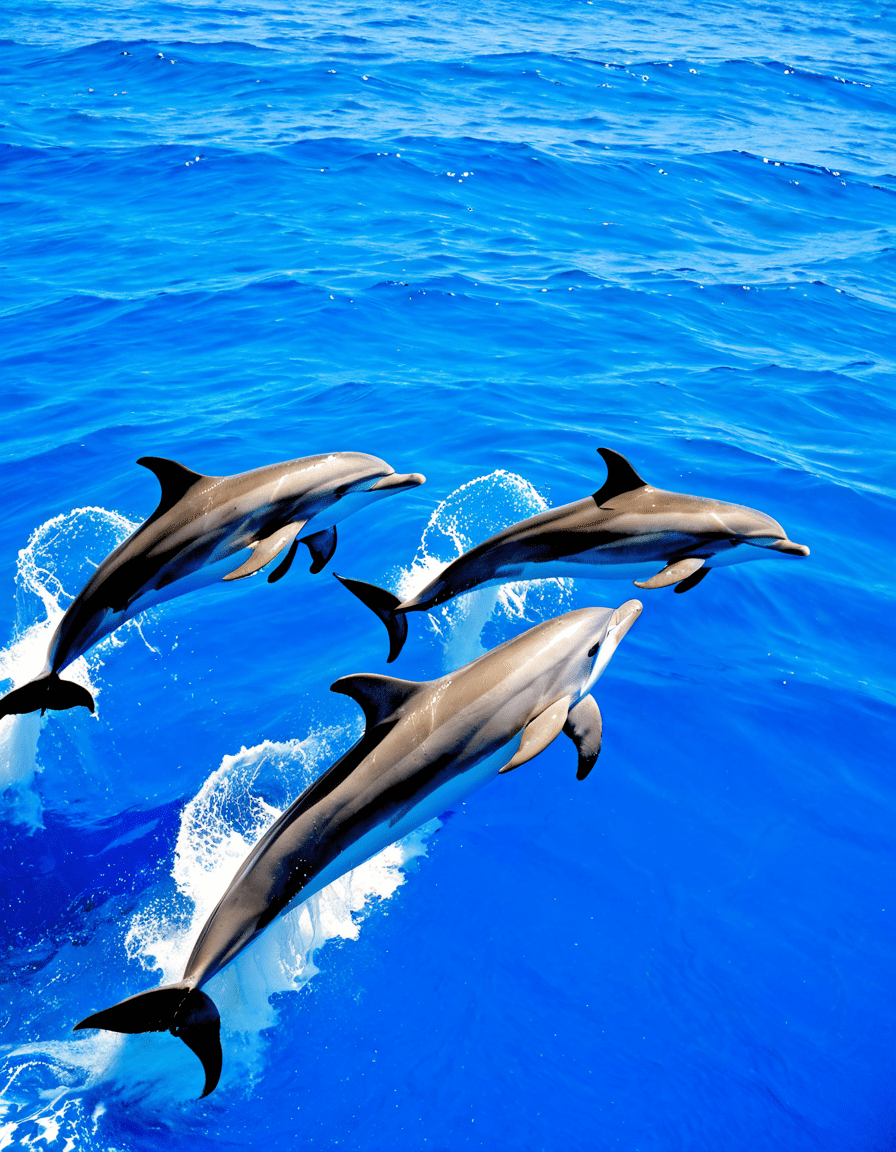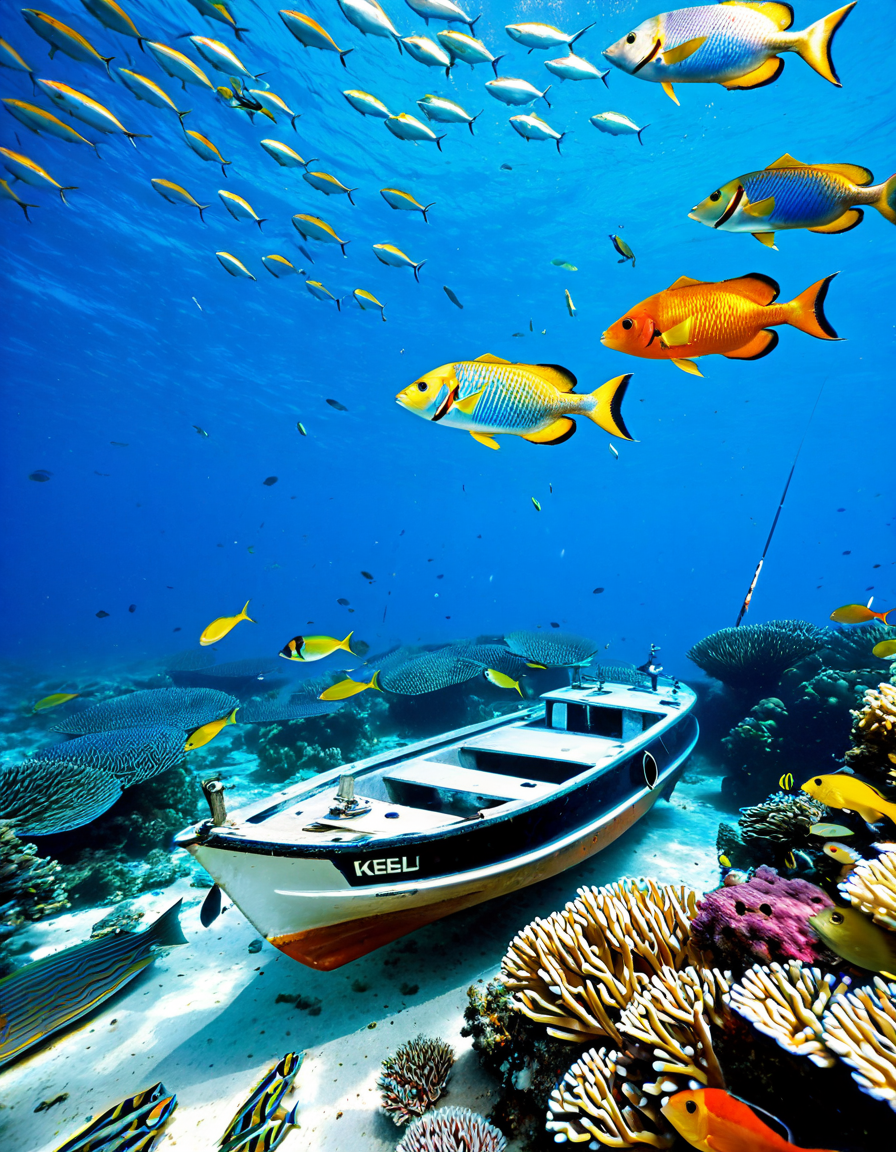For any boater, understanding the keel is vital. It’s the unsung hero of a boat, serving as its backbone by providing stability and performance through turbulent waters. The boat’s keel keeps it upright and steady, even in choppy seas, and knowing how it works is essential for both seasoned sailors and novices alike.

The Essential 411 on Keels: Why Every Boater Should Know
So let’s dive into the essential 411 on keels! At its core, a keel adds weight below the waterline. This additional weight helps to counteract the forces of wind and waves. Think of it like a sturdy foundation for a home—without it, everything would tip over. For instance, modern sailing vessels like the Beneteau Oceanis exemplify this perfectly. They feature deep, fin-shaped keels that enhance both stability and maneuverability, making them a popular choice on water.
Now, let’s talk about hydrodynamic shape. A well-designed keel slices through water, minimizing drag. A prime example is the J/111, a racing sailboat that employs a T-shaped keel. This design allows it to navigate waves efficiently while also ensuring the boat remains stable even at high speeds.
Moreover, keels play an essential role in core control and maneuverability. Under sail, they help maintain a direct course, even in high winds. Take the Catalina 42—a yacht that showcases how keels can improve responsiveness on the water. It’s similar to how a sedan glides smoothly through a busy neighborhood, effortlessly handling turns and obstacles.

Evolving Keel Designs Through the Eras
Now, let’s take a step back in time and look at how keel designs have evolved through the eras. Traditional monohulls dominated the seas during the age of explorers, with many early sea vessels, like the Viking ships, sporting flat keels for stability in coastal waters. These basic designs were astute—they prioritized balanced weight distribution to navigate local waters effectively.
As technology advanced, so did keel design. The mid-20th century saw the rise of fin keels, such as those adorning the Farr 40. These keels offered reduced drag and enhanced performance, shifting the focus to speed and efficiency. Sailboats equipped with fin keels quickly became essentials in competitive sailing, leading to a new era of maritime designs that recognized performance capability as paramount.
Entering the latter part of the 20th century, we witnessed the introduction of winged keels, made famous by the Australian challenger Australia II during the America’s Cup. What made this design groundbreaking was its combination of maximizing lift while minimizing drag. This leap in technology enabled unparalleled stability and speed, influencing contemporary designs and pushing the boundaries of what was thought possible in boat engineering.
The Sleeper Trend: Innovations in Keel Design in 2026
Fast forward to 2026, and we’re seeing a ‘sleeper trend’ in keel design that’s capturing the attention of not just sailors but the entire boating community. Recent innovations include the use of carbon fiber for constructing keels. Companies like SeaRay have jumped on this bandwagon, producing lighter, stronger keels without sacrificing stability. This material shift represents a monumental improvement in performance.
Another exciting development is the introduction of adjustable keels. Boats like the Dufour 460 Grand Large allow sailors to modify the keel’s position, ensuring optimal performance in varying water conditions. This adaptability reshapes how sailors think about their routes, particularly when faced with changing weather and waves.
Then there’s the trend of integrated keel systems. Companies such as Lagoon Yachts are designing keels that meld with the hull for smoother operation and enhanced performance. This innovation leads to greater stability, whether sailing or mooring, thereby broadening the scope of environments in which boaters can operate confidently.
The Keel’s Role in Safety: What’s at Stake
Looking beyond performance, the keel plays a crucial role in ensuring safety while at sea. A well-constructed keel can dramatically reduce the risk of capsizing. For instance, boats like the X-Yachts Xp 44 showcase resilience against harsh weather conditions, instilling confidence in their crews even in the roughest seas.
Impact resistance is another essential feature of today’s keels. Many manufacturers, like Island Packet, now incorporate protective skegs to shield the hull from underwater hazards. These advancements not only protect the craft but also extend the life of the vessel, underscoring the significance of thoughtful keel design.
Moreover, recent innovations have led to the development of emergency stability systems. Companies like Bavaria Yachts are pioneering features that can deploy stabilizing arms or retracting keels in distressing situations. This new frontier redefines safety measures while addressing performance, ensuring that modern boats can handle unexpected challenges with ease.
Final Thoughts: The Keel’s Indispensable Future
In conclusion, the keel is more than just a component of a boat; it underpins stability, performance, and safety. As designs evolve and technology pushes forward, the future of keels looks bright. Sailors today are benefiting from innovations that not only enhance their experiences but also empower them to explore our vast oceans safely.
In an ever-changing maritime landscape, the keel stands as a silent sentinel. For every journey made—whether on tranquil waters or in stormy seas—it ensures that each voyage is both thrilling and secure. As we continue to explore the potential of this integral design, it becomes clear: investing in high-quality keel technology could revolutionize what it means to sail.
Keel: The Unsung Hero of Boat Stability
The Basics of Keels
Ah, the keel! This vital component of a boat doesn’t just hold it together; it plays a key role in maintaining stability while sailing. The keel not only provides lateral resistance but also shifts the center of gravity downward, making your floating home safer and more reliable while you’re out on the water. So, when you’re gliding across the waves, take a moment to appreciate that unassuming structure beneath you. Did you know that much like a high deductible health plan, which aims to balance risks and costs, a keel helps balance the boat against wind forces? It’s a perfect metaphor for stability in life!
Fascinating Facts
Here’s where things get really interesting: different types of keels can drastically affect a boat’s performance. For instance, some keels are bulbous while others are fin-like. This variation is like choosing between products from Shein Clothing—different designs serve different purposes! A fin keel offers height advantage but can be less stable during rough weather, while a full keel provides more stability but less speed. And speaking of stability, it’s fascinating to note that the term “keelhaul” originated from naval punishment where sailors were dragged under the ship’s keel as a harsh disciplinary action.
The Role of Keels in Modern Sailing
How’s this for trivia: the world record for the longest sailboat race was set in a vessel equipped with a sophisticated keel design. Just as craftsmanship in spruce can elevate your wooden furniture, a well-crafted keel can significantly improve a boat’s handling in various conditions. Keels come in various materials today, including aluminum and fiberglass, making them lightweight yet strong. Speaking of strength, have you ever heard of wreaths made from ocean materials that bring a slice of nautical charm to your home? They’re as charming as the stories behind different types of boat keels, each with its own purpose and history.
So next time you see a boat cruising along, think about the keel—a fantastic piece of engineering that ensures boat stability. Keep your curiosity alive, and who knows what other nautical marvels you’ll encounter!




